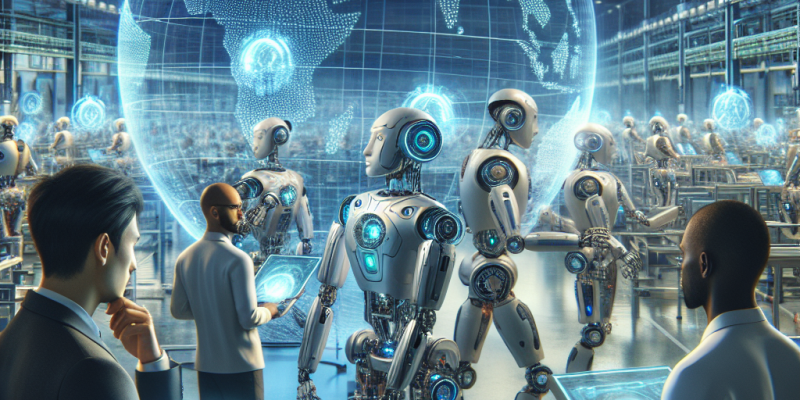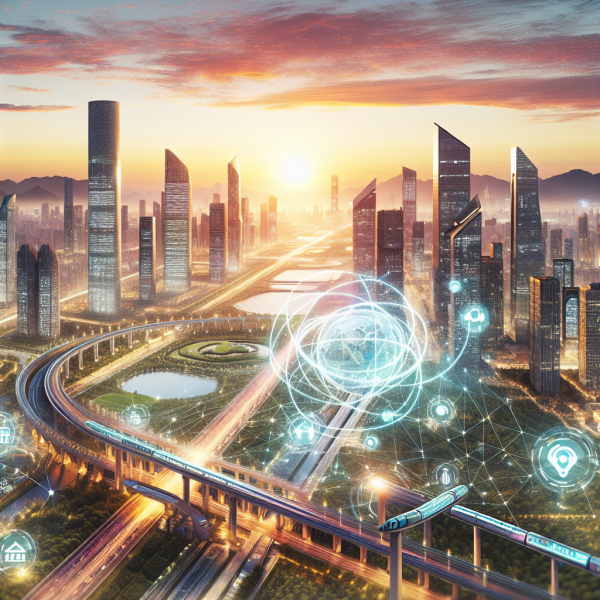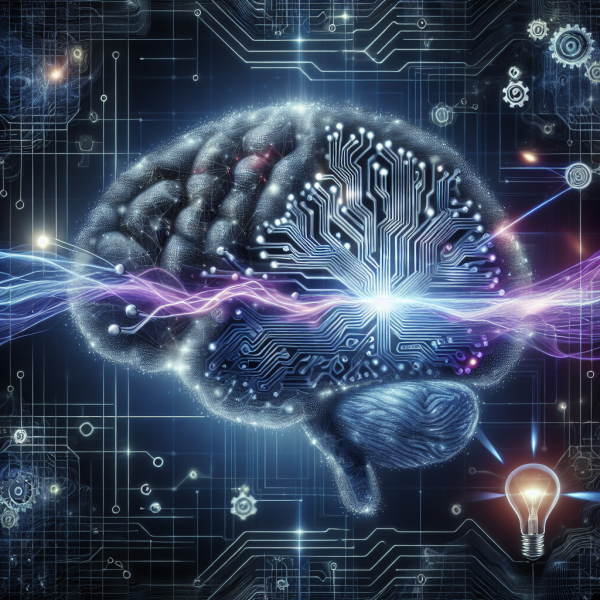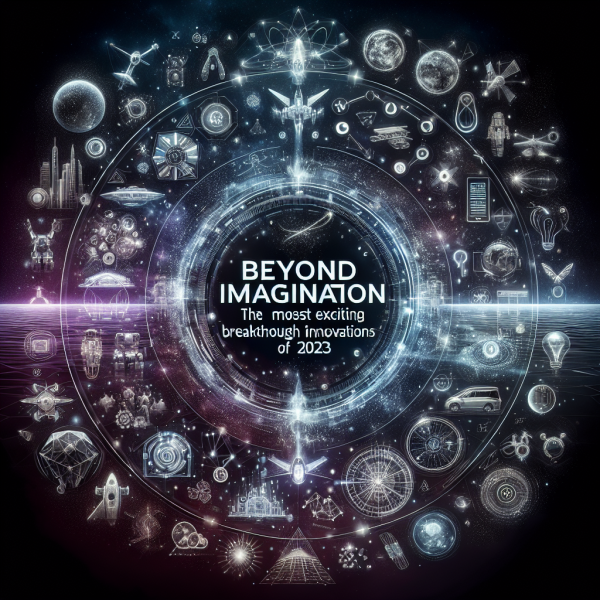The Next Frontier: How Robotics is Reshaping Manufacturing and Beyond

In the dawn of the 21st century, the whisper of a technological revolution began to crescendo into a powerful choir of innovation and advancement. Among the most transformative forces driving this change is robotics, a field that has transcended its traditional boundaries to reshape industries, enhance productivity, and redefine the nature of work itself. As we stand on the cusp of a new era, robotics is not just an aspect of manufacturing; it is paving the way for a more automated, efficient, and intelligent future across various sectors.
The Evolution of Robotics in Manufacturing
The manufacturing sector has been at the forefront of robotics adoption since the mid-20th century. The introduction of programmable logic controllers (PLCs) and robotic arms revolutionized assembly lines, paving the way for increased efficiency, accuracy, and safety. Robots began taking over in repetitive and hazardous tasks, allowing humans to focus on roles that required creativity and decision-making.
Today, the advancements in technology—particularly in areas like artificial intelligence (AI), machine learning, and the Internet of Things (IoT)—are further enhancing robotic capabilities. Modern robots are equipped with advanced sensors, vision systems, and dexterous manipulation abilities, enabling them to perform complex tasks previously deemed impossible. Collaborative robots, or cobots, are designed to work alongside human workers, enhancing their capabilities rather than replacing them. This shift toward human-robot collaboration not only increases productivity but also fosters a safer and more ergonomic work environment.
Robotics Beyond Manufacturing
While manufacturing remains a primary arena for robotics, the capabilities of these machines have extended far beyond the factory floor. Industries such as agriculture, healthcare, logistics, and even entertainment are experiencing seismic shifts due to robotic integration.
Agriculture
In agriculture, robots are revolutionizing the way crops are planted, tended, and harvested. Automated tractors and drones equipped with computer vision are enhancing precision farming techniques, allowing for better resource management and higher yields. These technologies are also addressing labor shortages and increasing efficiency in the face of a growing global population.
Healthcare
In the healthcare sector, robotics is improving patient care and operational efficiency. Surgical robots like the Da Vinci Surgical System offer minimally invasive procedures, resulting in quicker recovery times and reduced patient risk. Telepresence robots facilitate remote consultations, allowing healthcare professionals to extend their reach beyond geographic constraints. Furthermore, robots are increasingly being utilized in rehabilitation settings, helping patients regain mobility through customized physical therapy programs.
Logistics and Supply Chain
Robotics has had a profound impact on logistics and supply chain management. Automated guided vehicles (AGVs) streamline warehouse operations, handling goods with speed and precision, while drones are reshaping last-mile delivery by providing faster and more cost-effective options. Robotics in logistics not only reduces labor costs but also helps companies manage fluctuating demand and inventory more effectively.
Entertainment and Consumer Services
The entertainment industry has also embraced robotics, with advancements in animatronics and virtual reality experiences redefining consumer interactions. In consumer services, robots are being employed in restaurants and hospitality, enhancing customer experience through automation of tasks such as taking orders or delivering food. These innovations are enabling businesses to respond to growing consumer expectations for fast and efficient service.
The Challenges Ahead
Despite the myriad benefits that robotics offers, the integration of these technologies is not without its challenges. The fear of job displacement due to automation remains a contentious issue. While robots are increasingly taking on manual and repetitive tasks, they also have the potential to create new jobs that require specialized skills in robotics maintenance, programming, and data analysis. The key lies in education and reskilling the workforce to prepare them for a rapidly changing job landscape.
Moreover, the ethical implications of robotic deployment, particularly in healthcare and law enforcement, highlight the need for thoughtful regulation and oversight. As robots are given more autonomy, questions about accountability and decision-making authority arise, igniting debates about the moral responsibilities of design and implementation.
The Road Ahead
As we look to the future, the role of robotics is set to expand exponentially. With advancements in AI and machine learning, robots will increasingly exhibit higher levels of autonomy, enabling them to adapt and learn from their environments. The fusion of robotics with other cutting-edge technologies, such as 3D printing and augmented reality, promises a new wave of innovations, offering unimaginable capabilities and applications.
Ultimately, the next frontier in robotics will not only reshape manufacturing and industry but also redefine how we live, work, and interact with the world around us. As we embrace this brave new world powered by robotics, collaboration between humans and machines will be crucial to ensuring a future that is not only efficient and productive but also ethical and inclusive.
In this transformative journey, humanity must lead the charge, ensuring that technology serves as a tool for empowerment rather than a source of division. As we stand on this threshold of possibility, the potential of robotics beckons—a future ripe with hope, innovation, and boundless opportunities.














